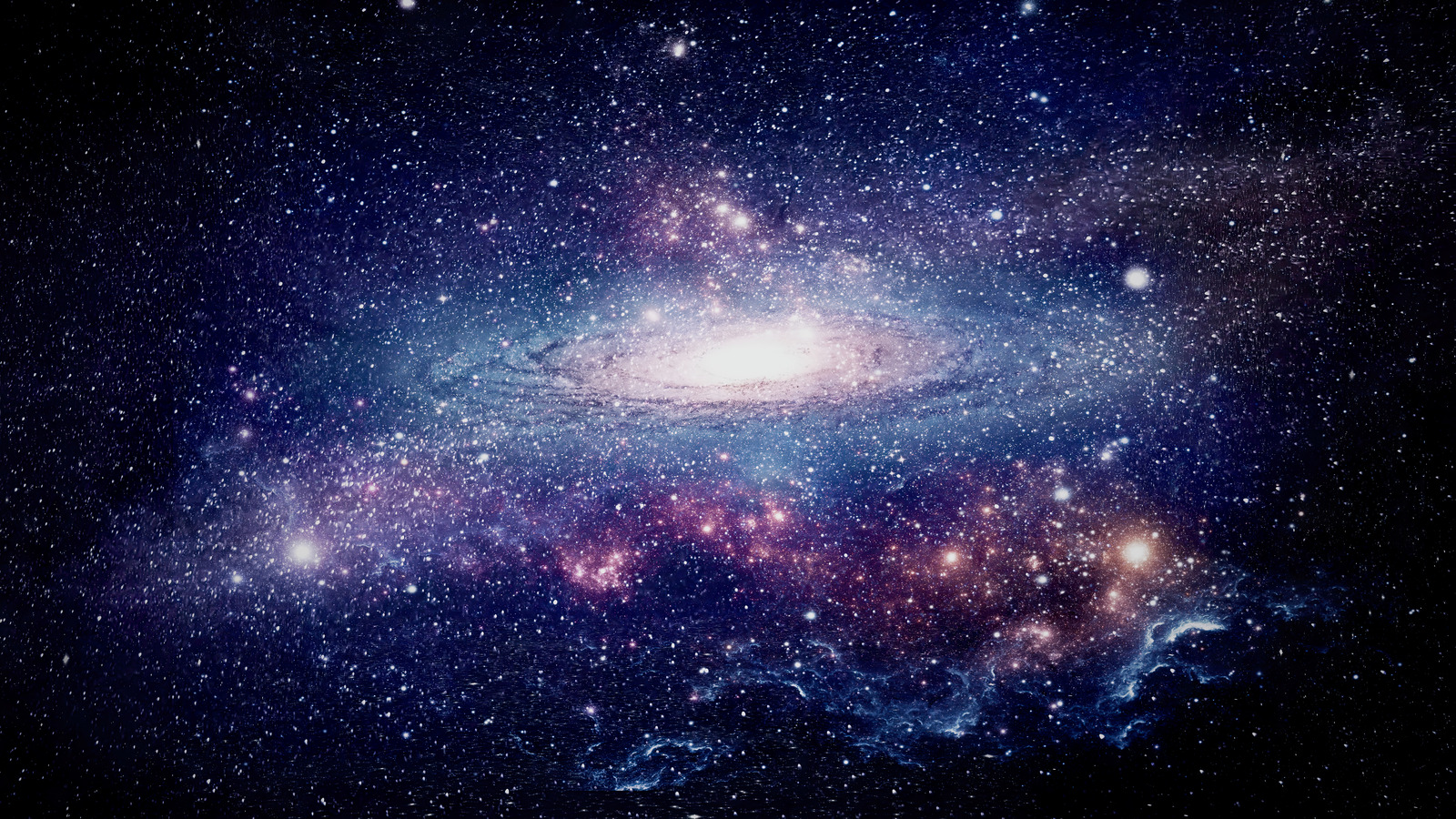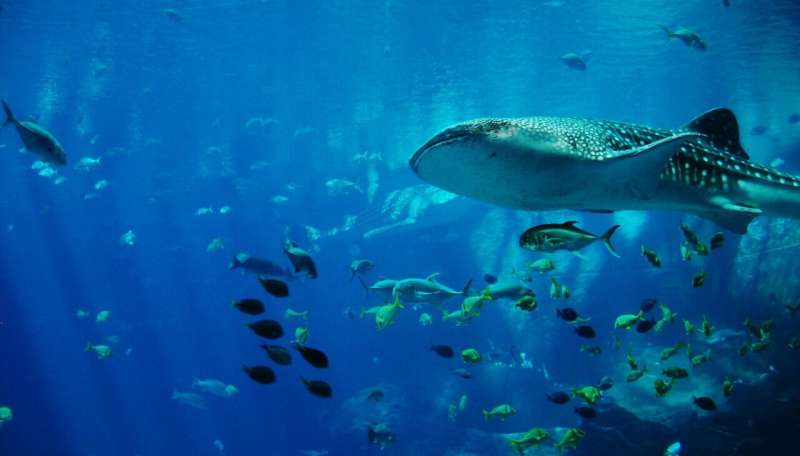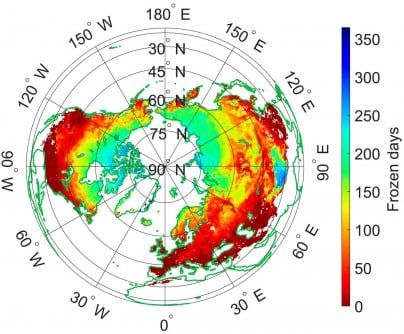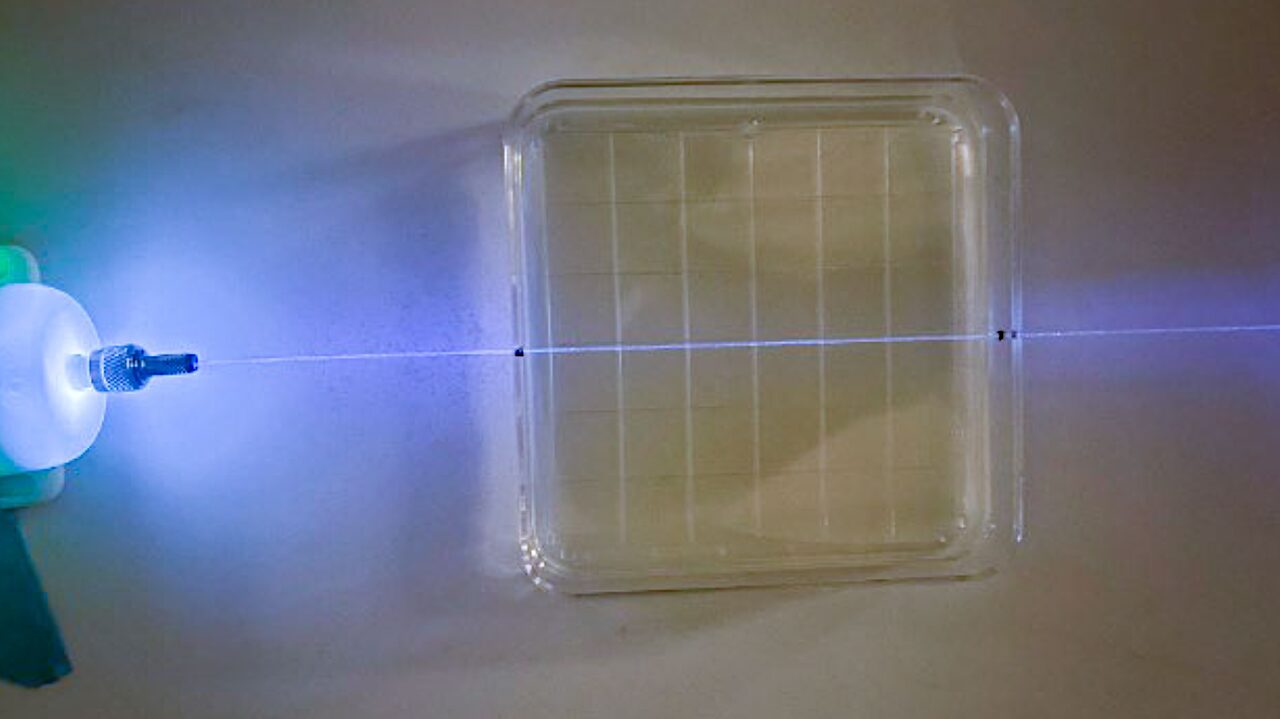The search for extraterrestrial life has gained renewed momentum as astronomers continue to uncover organic molecules in space, suggesting that the building blocks of life may exist beyond Earth. This ongoing exploration echoes themes from the 1997 film “Contact”, where Dr. Ellie Arroway, portrayed by Jodie Foster, discovers a signal from the star Vega, leading to contact with alien life. Inspired by the real-life astronomer Jill Tarter, a key figure in the Search for Extraterrestrial Intelligence (SETI), the film highlights humanity’s quest to understand our place in the cosmos.
Many projects are actively seeking evidence of life beyond our planet. The Galileo Project, for instance, employs a combination of ground telescopes, artificial intelligence, and advanced technologies to hunt for signs of alien existence. Concurrently, researchers are investigating the evolution of ancient microbes, aiming to find connections to extraterrestrial life. These efforts have led to consistent findings of organic molecules across various celestial materials, including dust, comets, and asteroids.
Organic Molecules Found Across the Cosmos
The presence of organic compounds, which form the foundation of all living organisms on Earth, significantly strengthens the hypothesis regarding the origins of life. Unprecedented evidence indicating the existence of carbon-containing compounds and even amino acids in space has been collected from diverse sources. Space rock samples, gases from comets during flybys, and observations of the remnants of dying stars have all contributed to this growing body of knowledge.
While these findings suggest that life on Earth might have originated from materials delivered by comets and meteorites, they do not definitively prove how life began. The data indicate that space possesses the necessary ingredients for life, yet the emergence of life still depends on a planet having the right conditions to facilitate biochemical processes. Earth, with its unique environment, might have provided the perfect setting for these organic molecules to evolve and eventually lead to life as we know it.
Potential Discoveries Beyond Our Solar System
This theory raises intriguing possibilities for other planets in our galaxy and beyond. It opens the door to the idea that other worlds may have undergone similar processes, potentially leading to the development of life in distant galaxies. Despite this tantalizing prospect, human understanding of life on nearby planets remains limited.
The most compelling evidence of potential alien life has been observed on the planet K2-18b, located approximately 124 light-years away from Earth. Data from NASA’s James Webb Space Telescope revealed the presence of two gases typically produced by microbial organisms, such as phytoplankton. Although this finding is purely speculative and cannot be confirmed physically, it underscores the ongoing intrigue surrounding the search for life beyond our planet.
As astronomers continue their investigations, the discovery of organic molecules across the universe strengthens the argument that life may not be exclusive to Earth. The quest for understanding our cosmic neighbors remains a vibrant field of study, one that could reshape our understanding of life itself.







